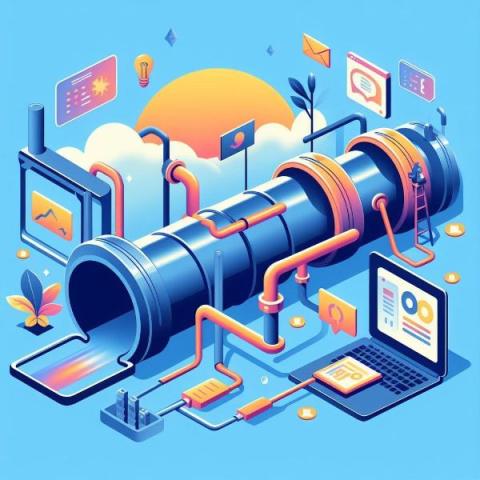Why an Observability Pipeline is a Must Have for Security
Security is paramount for almost any sized organization. With the rapid pace of technological advancements and the increasing reliance on digital infrastructure, organizations face an ever-evolving landscape of cyber threats and risks. Protecting sensitive data, intellectual property, and customer information is no longer optional; it is a critical component of maintaining trust and credibility in the marketplace.











